
Bloomsbury USA
An imprint of Bloomsbury Publishing Plc
| 1385 Broadway | 50 Bedford Square |
| New York | London |
| NY 10018 | WC1B 3DP |
| USA | UK |
www.bloomsbury.com
This electronic edition published in 2017 by Bloomsbury Publishing Plc
BLOOMSBURY and the Diana logo are trademarks of Bloomsbury Publishing Plc
First published 2017
Tara Whitsitt, 2017
All rights reserved
You may not copy, distribute, transmit, reproduce or otherwise make available this publication (or any part of it) in any form, or by any means (including without limitation electronic, digital, optical, mechanical, photocopying, printing, recording or otherwise), without the prior written permission of the publisher. Any person who does any unauthorised act in relation to this publication may be liable to criminal prosecution and civil claims for damages.
No responsibility for loss caused to any individual or organization acting on or refraining from action as a result of the material in this publication can be accepted by Bloomsbury or the author.
ISBN: 978-1-63286-790-2 (HC)
ISBN: 978-1-63286-792-6 (eBook)
Library of Congress Cataloging-in-Publication Data is available.
To find out more about our authors and their books please visit www.bloomsbury.com where you will find extracts, author interviews and details of forthcoming events, and to be the first to hear about latest releases and special offers, sign up for our newsletters.
Bloomsbury books may be purchased for business or promotional use. For information on bulk purchases please contact Macmillan Corporate and Premium Sales Department at .

my friend who believed that no dream
was too wild and that magic
could be found everywhere and in everyone.

CONTENTS
NAVIGATING FERMENTATION
 ermentation is one of the most fascinating, ever-present food processes, naturally occurring everywhere: the cheese in your fridge developing richer flavors; the yogurt left on your countertop overnight forming a layer of whey; the flour, water, and natural yeast intermingling to leaven dough. Microorganisms work hard, and they break down food matter whenever the opportunity arises. These hidden lifeforms enhance food nutrients and contribute a diverse community of microflora to the miraculous microbiome inside you. And it all starts with a simple act in the kitchen.
ermentation is one of the most fascinating, ever-present food processes, naturally occurring everywhere: the cheese in your fridge developing richer flavors; the yogurt left on your countertop overnight forming a layer of whey; the flour, water, and natural yeast intermingling to leaven dough. Microorganisms work hard, and they break down food matter whenever the opportunity arises. These hidden lifeforms enhance food nutrients and contribute a diverse community of microflora to the miraculous microbiome inside you. And it all starts with a simple act in the kitchen.
You dont need sophisticated tools for fermentation. Only five years ago I was intimidated by home preservation, discouraged by pricey classes and kitchen apparatuses. One of the most difficult aspects of todays kitchen is the overwhelming variety of tools we think we need to master a home-cooked meal, not to mention the obscure tools we think we need for food preservation. Keep it simple. You dont need air-lock systems or fancy crocks for vegetable fermentationyour ancestors didnt fret when they packed twenty gallons of salty cabbage into a wooden barrel and left it in their root cellar to ferment in fall and enjoy through the next spring. The simple truth is that you can ferment one gallon of cabbage in a recycled glass jar with a rock as a weight and a tea towel secured on top. More isnt necessary.
Simplicity will be a running theme. But these pages will also explore fermented foods that require more commitment, practice, and kitchen means. I want to encourage you toward the rewards that come with such challenges. Most of the more complicated recipes in this book were first made with simple tools and by feel. Theyre a testament to the deep intelligence of age-old processes and the eagerness of microorganisms to thrive. Where there is a will (which all microbes have, and you are mostly microbe), there is a way.
This chapter introduces a few concepts, supplies, and ingredientscompiled from workshops Ive taught, both in starter-culture fermentation and wild-vegetable fermentationthat will bring more ease to recipes in the following pages. Some concepts are expanded upon within the recipes where they specifically apply; but let this serve as a well-rounded guide for getting started. Most important, I encourage you to embrace creativity.

Fermentation is a microbial transformation in which sugars are converted into acids, gases, and sometimes alcohol, transforming raw or cooked foods into a more preserved state and giving them complex, unique flavors. During this transformation, microbes proliferate and create a diverse microcommunity, so your food is teeming with beneficial microorganisms. Sauerkraut, miso, and yogurt are common examples of fermented foods packed with helpful bacteria. When you eat fermented foods, you introduce these beneficial microorganisms to your system, or your microbiome, located in the gut.

Microbe-rich fermented foods and drinks offer a healthy alternative to the more widely available processed and preserved foods sold today. When you introduce beneficial bacteria to your body, you strengthen your gut, improve immunity, and better your digestive health. You also encourage a food culture that promotes diversity and health for your inner ecosystem, which like all ecosystems needs a balance of microbes to thrive. Microorganisms are essentialtheyre the underlying connection between all life-forms.
You can certainly go out and buy a jar of sauerkraut or miso from the store, but experiencing fermentation brings you closer to life forces that bridge communities of soil, plants, and animals. These small organisms are responsible for a healthy planet, too. Working directly with fermentation has taught me to appreciate the grandeur of the natural world at a more intimate scalefermenting in your own kitchen is one of the easiest, most delicious, and fascinating ways to experience an ecosystem firsthand. Growing food has a similar effect. There, we initiate life; when we ferment, we cultivate and nourish ourselves with that life. Its an immensely rewarding and empowering process to achieve in a small home kitchen.

When you allow fermentation to happen naturally, without the addition of microorganisms, such as bacteria or yeast, its called wild fermentation. Vegetable fermentation is a perfect example of wild fermentation, for it depends on the organisms present on your vegetables; with the addition of a salty massage and submersion in brine, Lactobacillus flourishes. Though an exact flavor is unpredictable from batch to batch because vegetables from different sources will vary in microflora, vegetable ferments are reliably tangy and tasty. If you make something you find especially tasty, you can save the brine and use it to inoculate future batches. This particular method is called

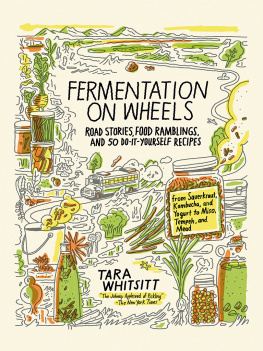
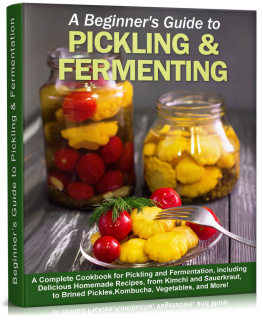
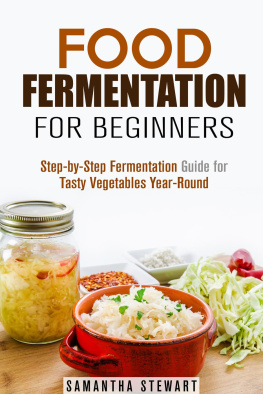
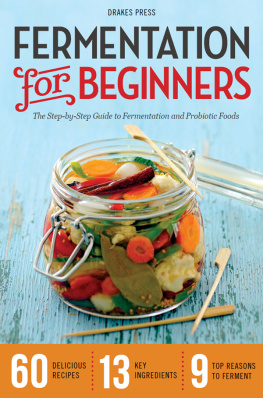

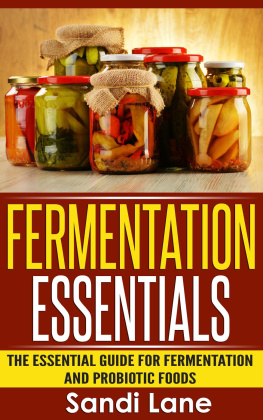
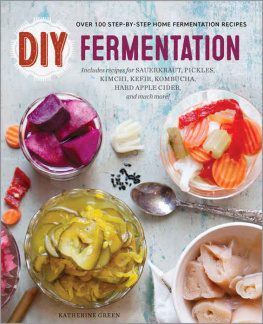
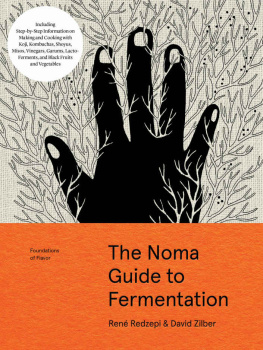
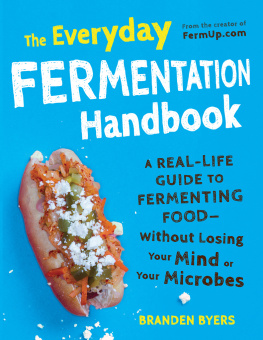
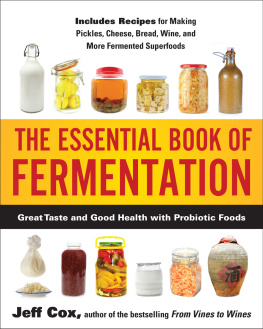
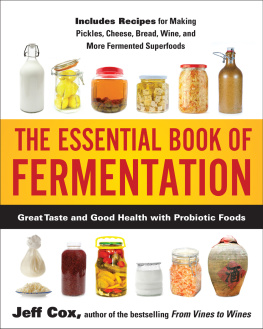




 ermentation is one of the most fascinating, ever-present food processes, naturally occurring everywhere: the cheese in your fridge developing richer flavors; the yogurt left on your countertop overnight forming a layer of whey; the flour, water, and natural yeast intermingling to leaven dough. Microorganisms work hard, and they break down food matter whenever the opportunity arises. These hidden lifeforms enhance food nutrients and contribute a diverse community of microflora to the miraculous microbiome inside you. And it all starts with a simple act in the kitchen.
ermentation is one of the most fascinating, ever-present food processes, naturally occurring everywhere: the cheese in your fridge developing richer flavors; the yogurt left on your countertop overnight forming a layer of whey; the flour, water, and natural yeast intermingling to leaven dough. Microorganisms work hard, and they break down food matter whenever the opportunity arises. These hidden lifeforms enhance food nutrients and contribute a diverse community of microflora to the miraculous microbiome inside you. And it all starts with a simple act in the kitchen.

